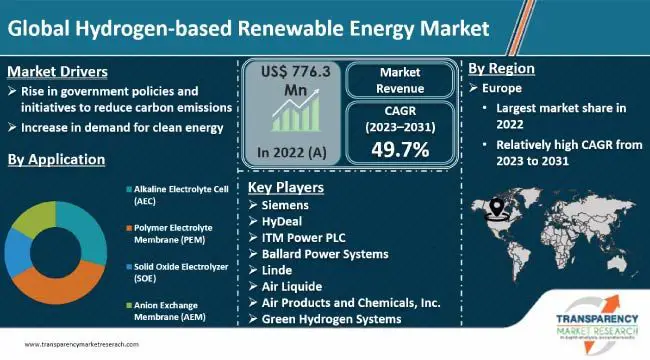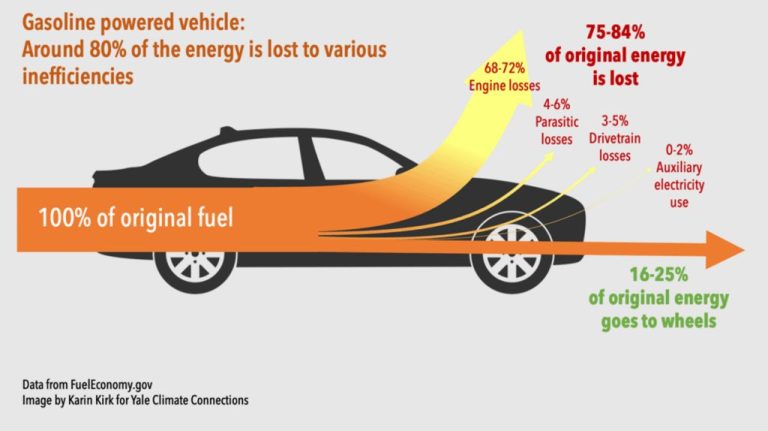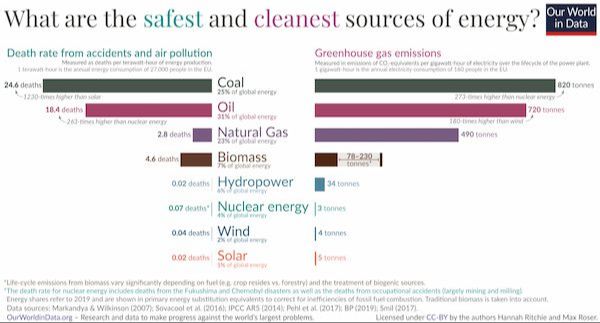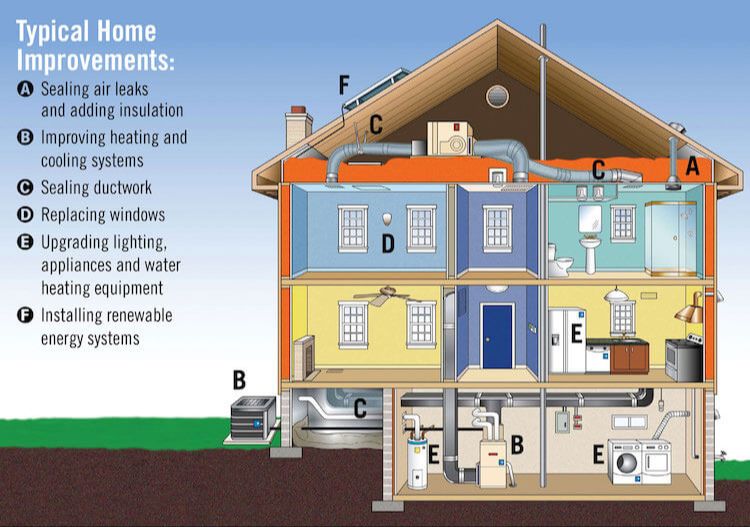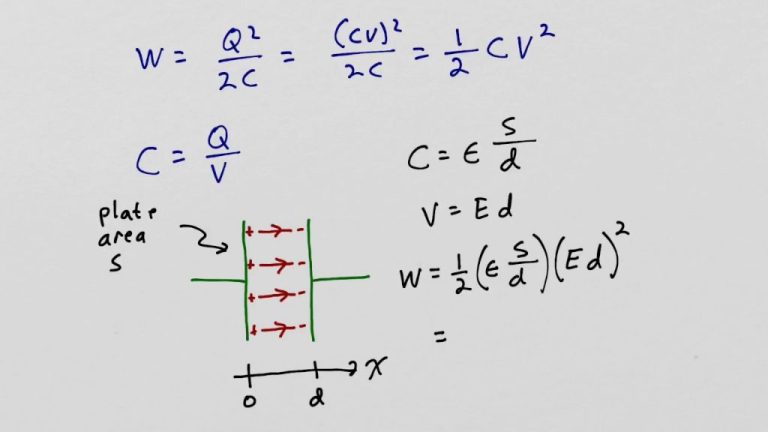What Is Called Energy Transfer?
What is Energy Transfer?
Energy transfer refers to the process of energy moving or being transmitted from one object, system, or location to another. Energy is always on the move. When two objects with different energy levels interact, energy will flow spontaneously from the object with higher energy to the object with lower energy until equilibrium is reached. This flow or transmission of energy from one place to another is called energy transfer.
Some common examples of energy transfer in everyday life include:
- Heat transferring from a stove burner to a pot when cooking.
- Light energy from the sun transferring to plants through photosynthesis.
- Electricity being transmitted through power lines to homes and businesses.
- The motion of a rolling ball being transferred to another ball when they collide.
In all these examples, energy is moving from one object or system to another in some form. This process enables useful work and activities in our world.
Forms of Energy Transfer
There are three main forms of energy transfer:
Conduction
Conduction is the transfer of heat between substances that are in direct contact with each other. The better the conductor, the more rapidly heat will be transferred. Metals are usually the best conductors. Conduction involves direct contact of molecules. Heat energy is transferred as vibrations from molecule to molecule.
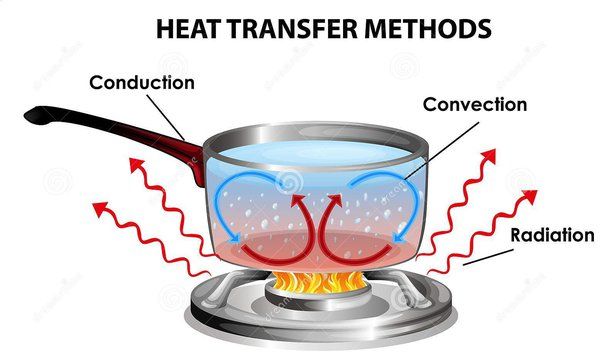
Convection
Convection is the transfer of heat by the actual movement of heated particles from one place to another. Convection can only happen in liquids and gases. As the liquid or gas is heated, it expands, becomes less dense, and rises. Cooler, denser liquid or gas then moves to take its place. This moving current transfers the heat from place to place.
Radiation
Radiation does not rely on direct contact for heat transfer. It is the transfer of heat energy by electromagnetic waves. The sun transfers heat to the Earth across empty space. No direct contact is needed. All objects emit radiant energy, as long as their temperature is above absolute zero. The hotter the object, the more radiation emitted.
Everyday Examples
Energy transfer happens all around us every day. Here are some common examples of energy transfer in nature, technology, and appliances:
In nature, the sun’s light energy is transferred to plants through radiation. The plants absorb the light energy and convert it to chemical energy through photosynthesis. Heat energy is also transferred from the sun to the Earth through radiation.
In technology, batteries and power sources convert chemical energy to electrical energy to power our devices. Electricity can also be transferred through power lines to bring energy to our homes.
In appliances, a refrigerator uses electricity to run its compressor and transfer heat from inside the fridge to outside, cooling the interior. A stove transfers electrical energy or gas energy into heat energy to cook food.
Even in our bodies, we transfer chemical energy from food into kinetic energy as we move around. The body also generates thermal energy that is dissipated into the environment.
Conduction
Conduction is the transfer of energy between objects or particles that are in direct physical contact with one another. Energy is transferred through direct collision or interaction between molecules or atoms. Heat is conducted most efficiently through solids since the atoms and molecules are closer together, allowing for more frequent collisions to transfer energy. The rate of conductive heat transfer depends on the temperature difference, the thickness and material of the conducting solid, as well as the contact area between the objects.
Some examples of conduction include touching a hot stove, which conducts heat and burns your hand, or placing a metal spoon into a hot cup of soup, which conducts heat from the liquid to the spoon. The denser and more conductive a material is, the better it will transfer heat energy through conduction. Metals like copper and aluminum are very conductive. Insulators like wood and plastic do not conduct heat well. Understanding conduction allows us to engineer materials and devices to optimize heat transfer for various applications.
Convection
Convection is the transfer of energy between a surface and a fluid in motion, such as air or water. It involves the circulation or movement of heated gases or liquids within a medium. For example, when a pot of water is heated on the stove, currents form in the water due to the temperature difference. The hotter water at the bottom of the pot becomes less dense and rises to the top. Meanwhile, the cooler water at the top sinks to replace it. This motion allows heat to be distributed throughout the liquid.
Convection occurs in the Earth’s atmosphere as well. The sun heats the ground, which in turn warms the air above it. This warmer air rises, while cooler air sinks to take its place, creating convection currents. The rising warm air transfers heat from the Earth’s surface higher into the atmosphere. This explains wind formation and air circulation patterns. Convection plays a vital role in weather and ocean currents.
Convection is also utilized in heating and cooling systems. Radiators, baseboard heaters and forced-air furnaces rely on the movement of air or liquid to transfer warmth. Similarly, convection ovens use fans to circulate hot air around food more efficiently and evenly than conventional ovens. Convection enables the uniform distribution of heat through circulation, both in nature and in numerous practical applications.
Radiation
Radiation is the transfer of energy by electromagnetic waves. Unlike conduction and convection, radiation does not require any direct contact between materials or a medium like air or water. Instead, electromagnetic waves like visible light, radio waves, x-rays and more can transfer heat and energy. These waves all travel at the speed of light.
Some examples of radiation include the light and warmth from the sun, heat from a fire, and microwaves. We can feel the warmth of the sun across millions of miles of empty space because the sun’s energy is transferred by electromagnetic radiation. Radiation does not necessarily depend on temperature, but all objects with a temperature above absolute zero emit thermal radiation.
Radiation is responsible for the Earth maintaining a comfortable temperature and making life possible. The sun’s radiation heats the planet, while the Earth’s surface emits infrared radiation to cool itself. Radiation can transfer enormous amounts of energy over great distances, making it a key process for energy balance and heat transfer in the universe.
Heat Transfer
Heat transfer refers to the transfer of thermal energy between objects or systems that are at different temperatures. Thermal energy flows spontaneously from a hotter to a colder body. This occurs through one or more of three fundamental mechanisms:
– Conduction: Heat transfer between objects in direct physical contact. Heat flows from the hotter to the colder object. An example is a cooking pot heating up on a stove.
– Convection: Heat transfer via the movement of heated fluid such as air or water. As the fluid moves away from the heat source, it carries thermal energy with it. An example is hot air rising from a radiator.
– Radiation: Heat transfer via electromagnetic waves. All objects emit infrared radiation related to their temperature. Thermal energy is transferred when the radiation is absorbed by another object. An example is the warmth felt from the sun.
Understanding heat transfer mechanisms allows engineers to design efficient heating and cooling systems. It also helps explain weather phenomena and climate patterns. The flow of heat is always from a higher temperature to a lower temperature system or object.
Impacts and Applications
Energy transfer has many important practical applications and benefits in everyday life. Understanding heat transfer through conduction, convection, and radiation has enabled the development of many useful technologies.
For example, conduction is applied in saucepan handles, cooking pans, and thermal mugs, which are designed to keep handles cool while allowing efficient heating of contents. Convection is used in convection ovens, with fans circulating hot air for faster, more even cooking. Radiation is applied in radiators, solar water heating systems, and satellite dishes, enabling efficient transmission of heat and signals.
Engineers apply principles of energy transfer to optimize heat management in computers and other electronics. Insulation in walls, windows, pipes, and storage tanks relies on restricting conduction and convection to conserve energy in homes and commercial buildings.
Understanding energy transfer even allows us to develop more efficient spacecraft and space suits, solar cells, and other technologies that must function in the harsh conditions of space where conduction and convection are limited.
Overall, the study of energy transfer through radiation, conduction, and convection underpins many critical inventions and innovations that impact our everyday lives.
Fun Facts
Here are some fun facts about energy transfer:
- The molecules in a hot cup of coffee are vibrating fast enough to produce sound waves – around 1,000 hertz, an audible frequency to dogs.
- On a hot day, the Eiffel Tower can grow more than 6 inches due to thermal expansion from the sun’s heat.
- The human body transfers around 8.4 joules of heat energy per second per square centimeter of skin surface area.
- Light travels from the sun to the Earth in around 8 minutes and 20 seconds. This radiation from the sun is the Earth’s main source of energy.
- The nuclear fusion reactions that power the sun convert around 600 million tons of hydrogen into helium every second.
Key Takeaways
Energy transfer involves the movement of energy from one place, object, or system to another. The three main methods of energy transfer are conduction, convection, and radiation.
Conduction is the transfer of energy through direct contact between two objects in contact with each other. Convection involves the transfer of thermal energy by the bulk motion of fluid. Radiation involves the transfer of energy via electromagnetic radiation.
Examples of energy transfer through conduction include touching a hot stove, heat moving through a metal pan, and heat flowing from your hand to a cold glass. Convection occurs in the atmosphere, ocean currents, and boiling water. Radiation happens with the sun warming the Earth.
Understanding energy transfer helps explain many everyday phenomena and has important applications for maintaining comfortable temperatures, harnessing renewable energy, and more. Energy is always being transferred and transformed, shaping the world around us.


